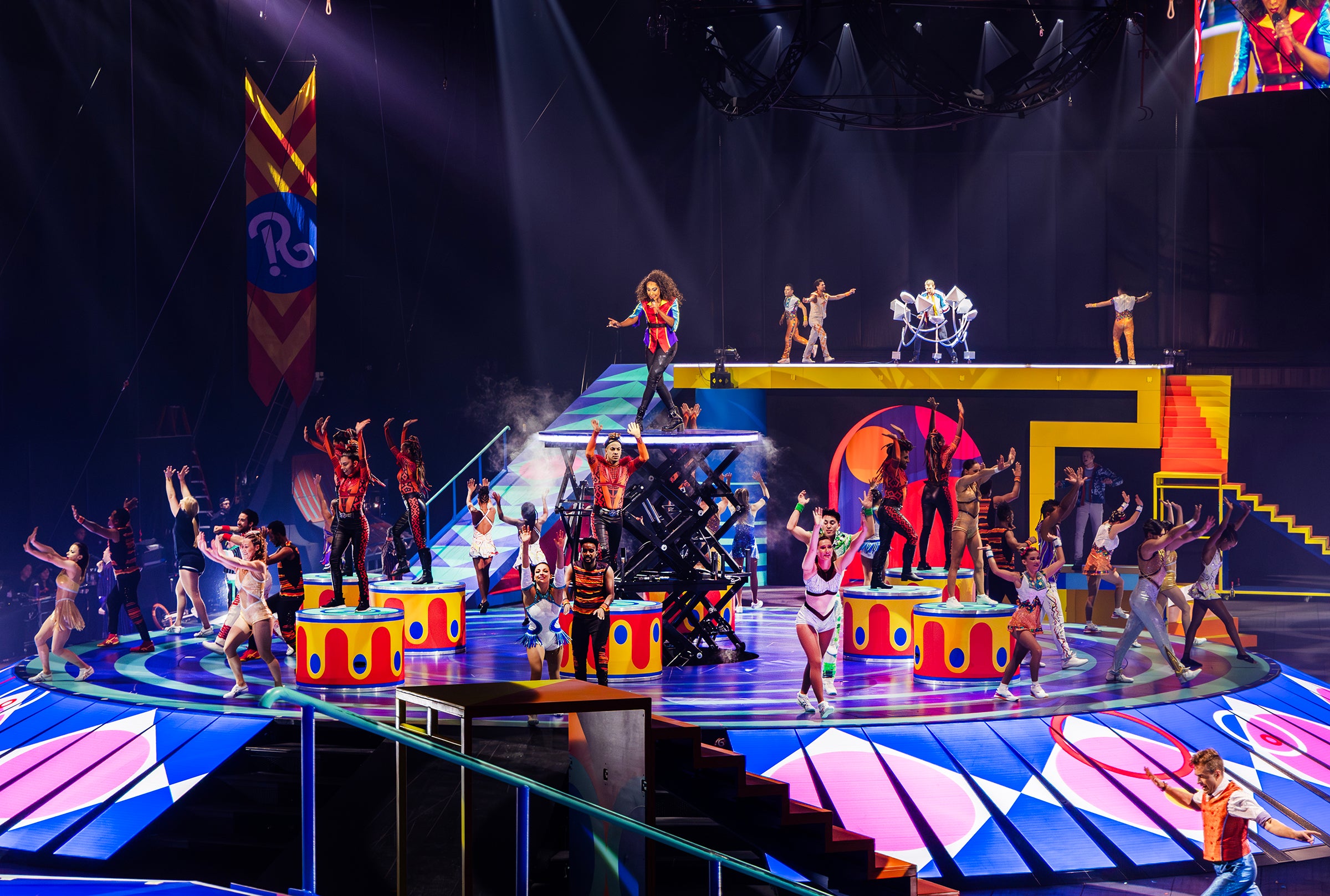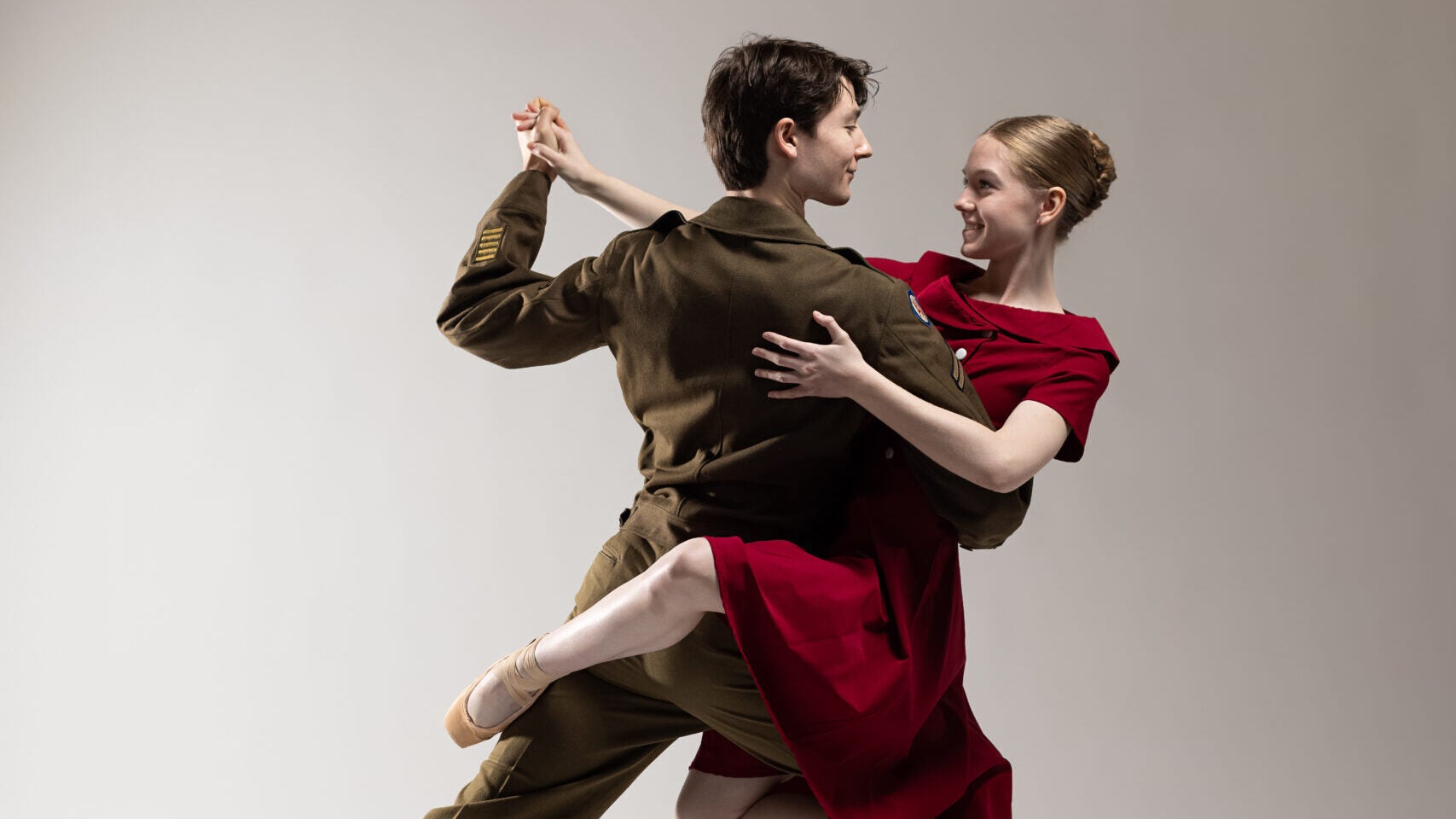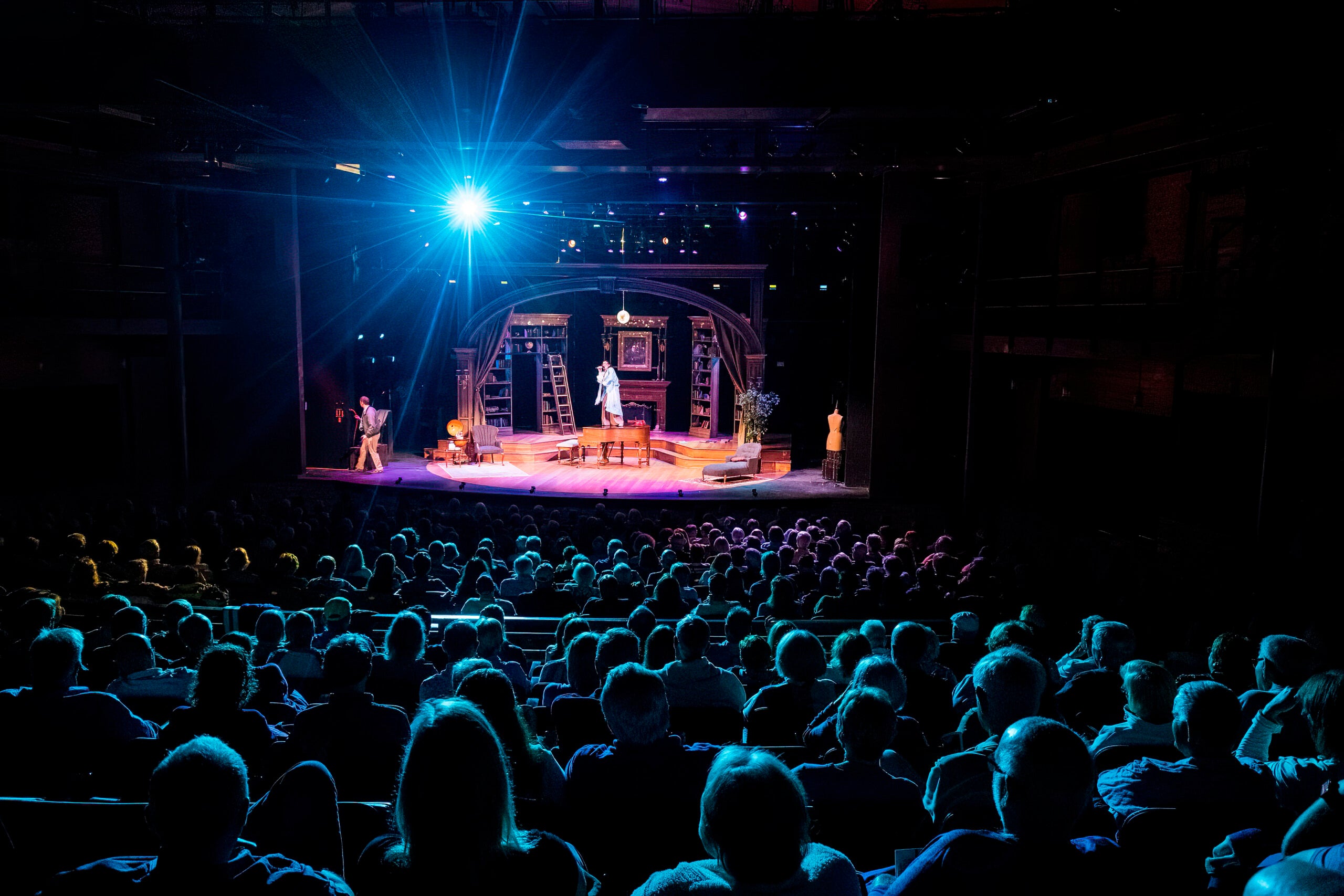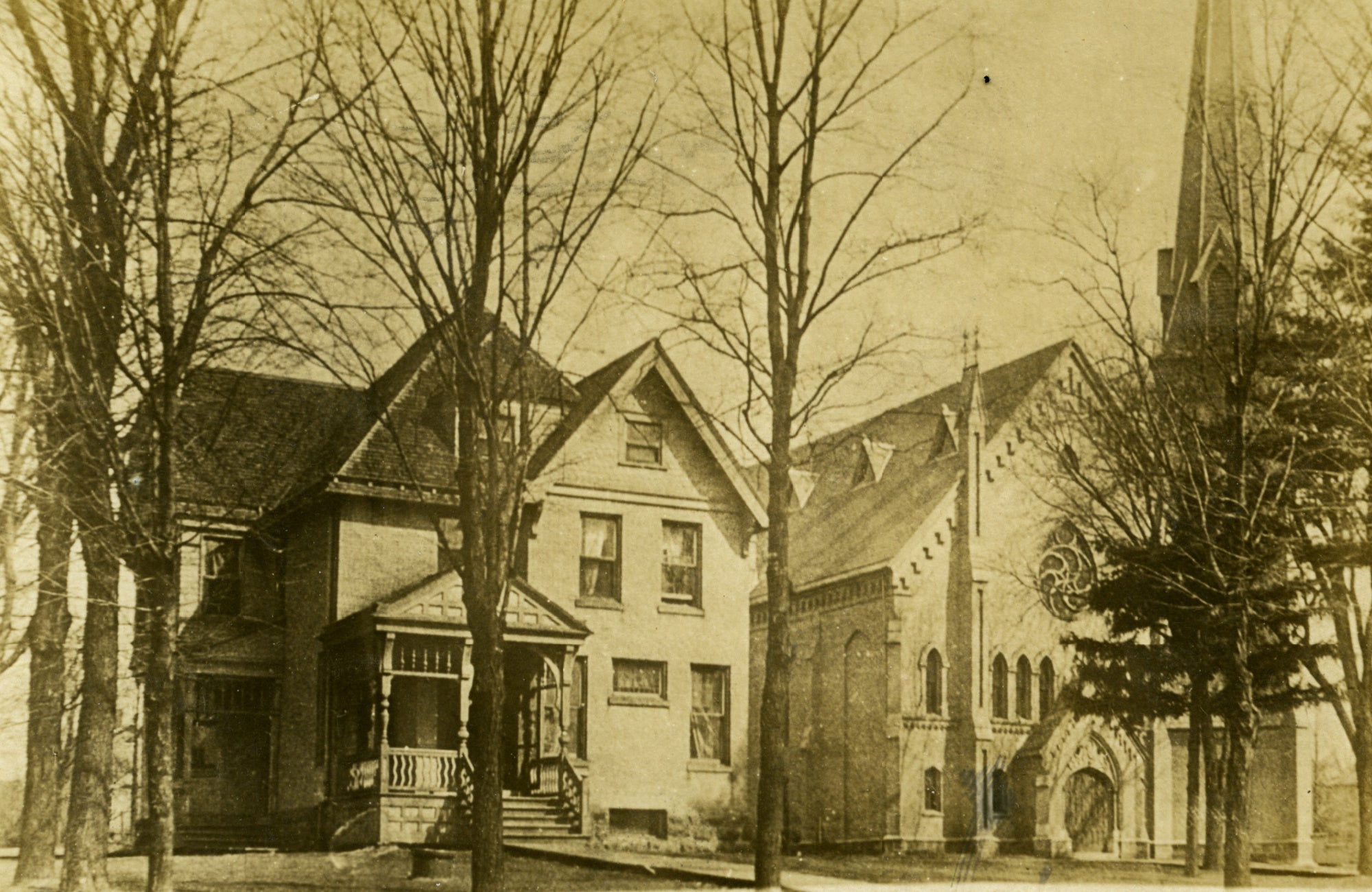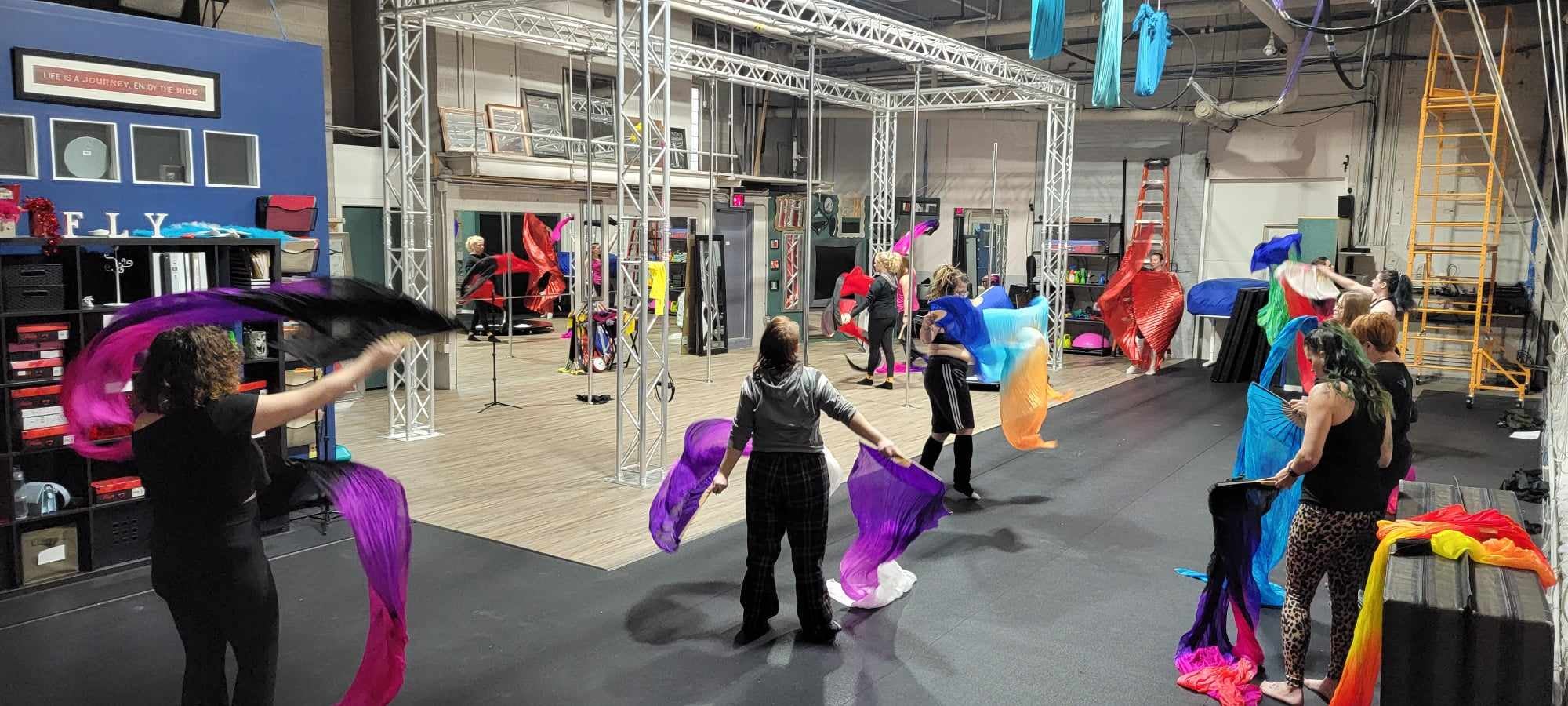An American tradition with deep Wisconsin roots returns this weekend when the new Ringling Bros. and Barnum & Bailey Circus comes to Milwaukee.
With the performances at the Fiserv Forum, Milwaukee will be the third city to see the new show after a hiatus of more than six years. Facing declining ticket sales and large overhead costs, along with a change in public attitudes toward performing animals and clowns, the iconic brand last toured in 2017.
This time around, the show promises never-before-seen stunts, comedy, live music, and aerial and acrobatic performances.
News with a little more humanity
WPR’s “Wisconsin Today” newsletter keeps you connected to the state you love without feeling overwhelmed. No paywall. No agenda. No corporate filter.
Wisconsin was once home to more than 100 circuses
“It’s 152 years old — the greatest show on Earth,” said Greg DeSanto, executive director of the International Clown Hall of Fame and Research Center in Baraboo. “It’s older than Coca-Cola. It’s older than the Kentucky Derby. It’s older than Major League Baseball. It’s something that has been part of our world for so long.”
Produced by Feld Entertainment, which has owned and presented the circus on and off since the late 1960s, the show traces its roots back to 1871. That year, two circus proprietors from Delavan convinced 60-year-old showman PT Barnum to join the traveling circus business. Barnum’s operation was later combined with one led by James A. Bailey.
In 1884, five of the Ringling brothers from Baraboo — Alf, Al, Charles, John and Otto — began a touring circus. The Ringlings grew a circus empire that eventually purchased the Barnum and Bailey show in 1907.
“We celebrate the Ringling brothers as we should, because we are in their hometown,” Scott O’Donnell, director of Circus World Museum, told Wisconsin Public Radio’s “The Joy Cardin Show” when the prior iteration of Ringling Bros. ended in 2017.
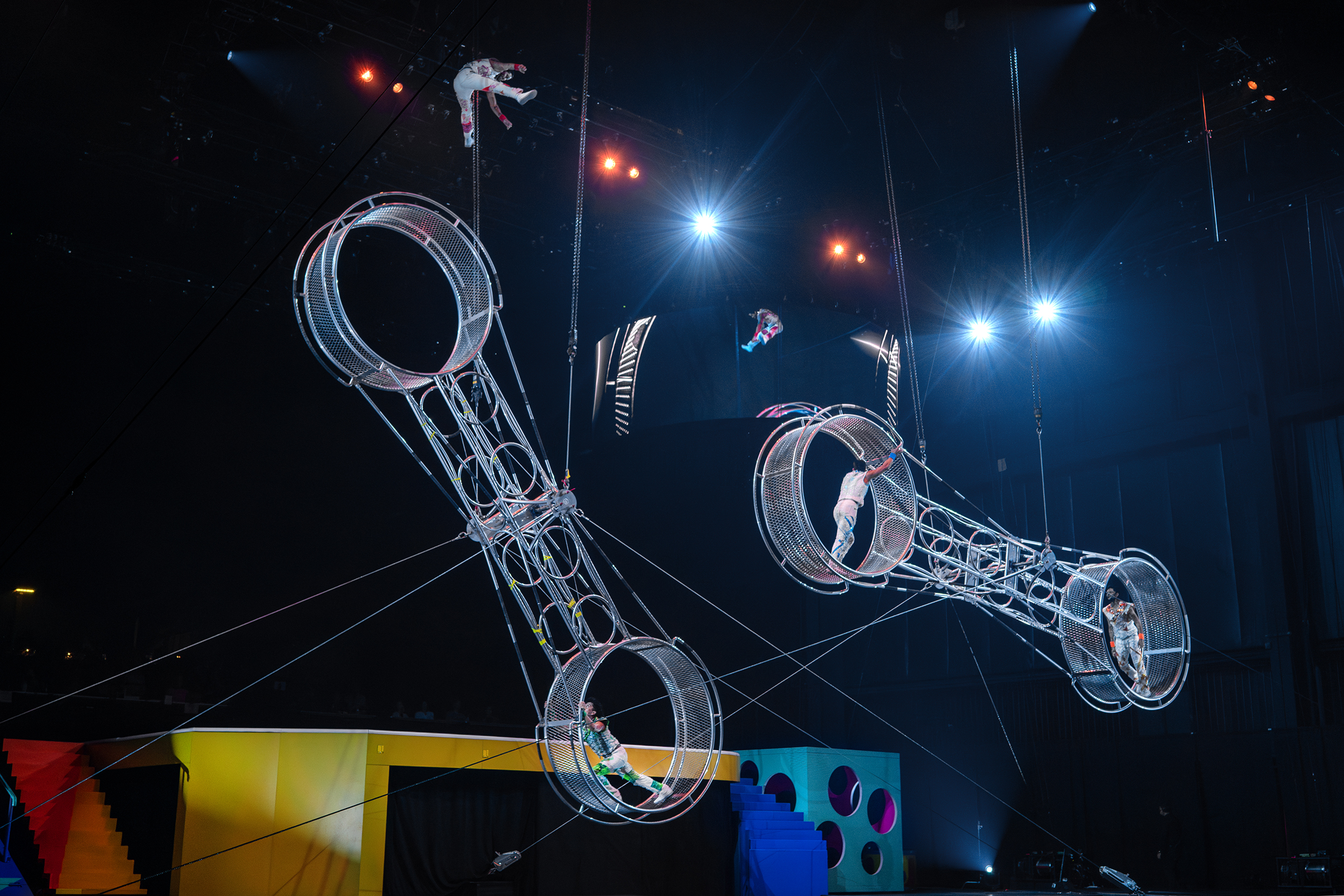
He said more than 100 circuses started in Wisconsin, more than any other state.
“If you take the map of Wisconsin and throw a dart at it, you’re going to get pretty darn close to, or on, a town where a circus came from,” O’Donnell said.
He credited the state’s role in circus history in part to happenstance, and soil that could grow plentiful crops to feed troupes of people and elephants. Smaller circuses went out of business regularly, and performers would return to Baraboo looking for their next troupe or even start their own shows.
Transportation options were perhaps an even bigger reason, O’Donnell said, including railroads that allowed shows to travel west and east. The Ringling show continued to travel by rail until 2017. At the time, O’Donnell said those overhead costs hindered profitability. The show was moving “200-plus people on a mile-long train, and hundreds of tons of equipment,” he said.
Airplanes and hotels have replaced the circus train
The circus train is no more. DeSanto, of the clown hall of fame, said it was increasingly difficult to work around freight lines, and to figure out logistics to get equipment to modern arenas.
The new show boasts 75 performers from 18 countries who will travel by buses and planes and stay in hotels.
Sammie Pearsall is an aerial acrobat who performs on dance trapeze, as well as with aerial straps and silks.
She said she remembers seeing the circus train when she was growing up outside of Chicago.
“I tried to join the show back when I was, you know, 8 years old. I went and found the train car that said ‘casting’,” she said. “We knocked on the door and we asked if we could join the circus. Unfortunately, they said that we needed our parents’ permission at the time, so it didn’t quite work out.”
Pearsall was a gymnast from childhood through college, and found her way into circuses after she graduated. She performed with Dragone circus in Dubai and Macau, China. Her mother traveled to see her in both of those shows. This weekend, her mother will only need to make the 90-minute drive to Milwaukee.
“She’s my biggest fan, my loudest support. And I love her for it,” she said.
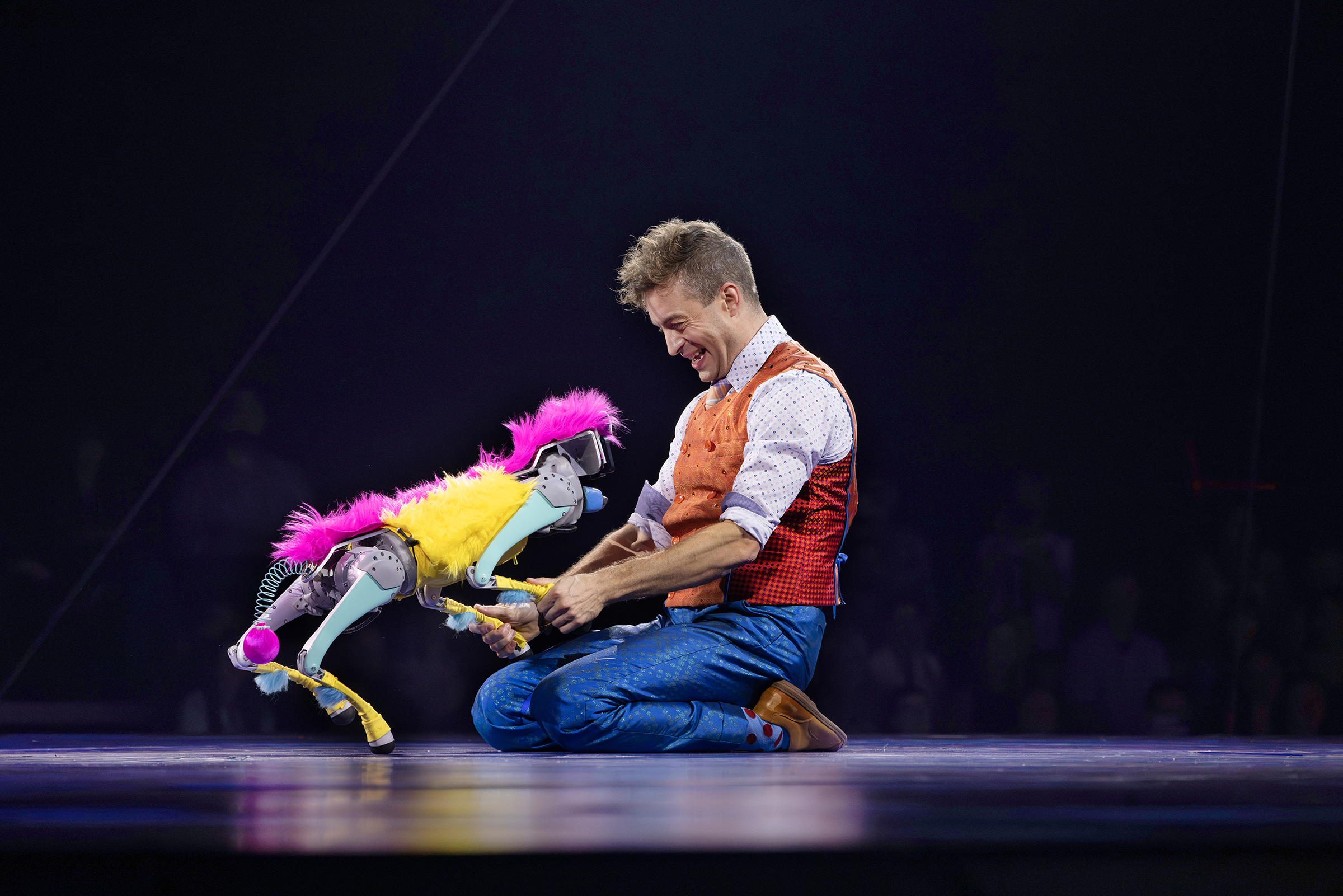
A clown by any other name
Many other hallmarks of the American circus will not be part of the new tour. There are no performing animals. Ringling retired its elephants in 2016, which the Feld family said contributed to a drop in ticket sales the following year.
There is no ringmaster and there are no clowns with painted white faces. Instead, the show has hosts who will transition between acts. One of them, a performer known as Nick Nack, provides comedic performances with the Equivokee trio from Ukraine.
“We’re doing clowning that you would expect and see at a Ringling or a circus performance,” said Jan Damm, the performer behind the Nick Nack character.
But none of the comedic performers will wear baggy pants, floppy shoes or grease paint — characteristics that have taken on new meaning in popular culture with horror films such as Stephen King’s It.
“The Scary Clown conundrum is something we face on a regular basis,” DeSanto said. He still performs in face paint, as was the norm when he spent 10 years touring with Ringling Bros.
“It is very much clowning,” DeSanto said of the comedic performers on the new show, even without the face paint. “I think clowning is more of a physicality. It’s a spirit of performing.”
For DeSanto, the changes in this Ringling show are a natural progression.
“Clowning evolves, as does the circus. So I think it’s just part of the evolution,” he said. “I hope it will last for another 152 years.”
Circus performances take place Friday evening through Sunday afternoon at Fiserv Forum, before heading to Pittsburgh, Cincinnati and Rosemont, Illinois.
Wisconsin Public Radio, © Copyright 2026, Board of Regents of the University of Wisconsin System and Wisconsin Educational Communications Board.
